Endurance athletes often overlook strength and power training. This training gets rejected for a variety of reasons. However, there are some fantastic benefits to practicing these movements in addition to your regular training. Sarah Korpach, a certified personal trainer and one of our top running ambassadors, talked to us about the effects of strength and power training on endurance athletes. Here are a few tips and exercises she gave us so you can try them out!

What's the difference between strength and power training?
Although strength and power training are similar and often used interchangeably, they are, in fact, different types of exercise. For strength training, the focus is on how much force specific muscle groups can produce.
The exercises are generally lower reps, at higher weights, aiming to hit around 80% or above your 1RM (the maximum amount of weight you can lift for 1 rep). This training is highly beneficial for maintaining or building muscle mass.
In power training, which emphasizes explosive movements, lighter weights are used than in strength training. An easy way to think about the distinction is power = strength + speed.
Power exercises get the heart rate up, which is a clear benefit for anyone looking to improve their cardiovascular endurance. They can also positively impact your balance and reaction time, resulting in a much more agile and durable athlete.
"The main difference between strength and power training is that although both forms of training are using the body to overcome resistance, power training aims to overcome that resistance in the shortest possible period of time. This type of training often involves explosive movements."
For endurance athletes, off-season to pre-season is the best time to focus on this type of training. Incorporating these exercises into your training program can have many benefits, but be careful about changing your schedule too close to race season.
Strength Training For Endurance

When you embark on a strength training journey, you should always be mindful of proper form and be realistic about the weight you're lifting. By doing so, you can avoid overexerting your body, or worse, injuring yourself from practicing improperly.
"To address this issue, working with a certified trainer or having a peer observe your form while performing the exercise and correcting flaws can help. Further, you can use online resources to observe correct your form and mimic these movements. Specifically for compound lifts, breaking up the exercise into several components or using an alternate piece of equipment (switching a barbell for a kettlebell) can make the exercise feel less intimidating."
It can be tough to get past any preconceived notions that you may have with strength training. It's important to remember why you're starting this endeavour to begin with. That is, to gain every possible advantage in your endurance.
"If you're feeling uncomfortable increasing weight as an endurance athlete, with worry that it may negatively impact your training, it's important to understand the benefits and risks of increasing load specific to your activities. Many endurance athletes believe that lifting heavier weights will negatively impact their performance and dismiss the benefits that strength training has for injury prevention and performance."
There is no one type of athlete. What works for some may not work for others. It's essential to maintain an open mind here.
If you are averse to strength training, then whatever you do will be unsuccessful. In that case, your workouts will be unmotivated, and it will be hard to see significant improvements.
Those of you who persevere in efforts to become a versatile, well-rounded athlete can reap many benefits.
"Strength training has massively benefitted my performance in several aspects. First, injury prevention is likely the most important benefit of strength training for endurance athletes. Creating a strong, stable foundation helps your body handle the stress inflicted during endurance events. Further, strength training has contributed to improving my running form, leading to a more efficient stride pattern."
Start with a short list of exercises to take on. Once you've mastered these, you can slowly start growing your workouts.
By taking your time to learn new movements, you reduce the chance of getting injured from improper form. The steady progression also leaves room for growth and helps prevent boredom over a long time.
"Someone with a previous injury may feel uncomfortable increasing load in specific exercises with fear of recurring injury. In this scenario, it's important to consult a professional (physiotherapist, doctor) to prevent the injury from recurring and modify exercises as required."
Strength Training Exercises
To do strength training effectively, make sure you have clear goals. The weight to lift will depend on the type of improvements you hope to see in your physique, so setting realistic goals is crucial.
"Strength training is an individual feat. Whether the exercise will be performed with weights and which type of equipment is used will depend on the individual and what they feel comfortable with or have available to them. These are some basic strength training exercises that I perform with the intent of improving my running performance:
- Deadlift variations (conventional - using barbell, kettlebell, dumbbells, single-leg Romanian, etc.) - these compound movements are fantastic for activating the posterior chain while utilizing the core and hip-hinging movements, all important for running!
- Single-leg squats - single-leg exercises are often overlooked, but in running, they're crucial for developing stability in both the legs and core and addressing any imbalances.
- Bent over rows - runners need arm strength too! This exercise is great for activating the muscles of the upper back, while ensuring that the core is stabilized."
Power Training/Plyometrics For Endurance

Power training and endurance sports can seem somewhat counterintuitive. Endurance athletes are generally focused on Long Slow Duration (LSD) training, which is similar to the pacing set on race day. However, practical power training can translate to increased submaximal strength and more explosive maximal power.
"During my time on the varsity track team at UBC, I was a sprinter/hurdler, running the 400m hurdles and the 800m. Both events involve speed and power, which was partially developed in the gym through explosive movements, including Olympic lifts (power cleans, hang cleans, etc.) and plyometric exercises (box jumps, ankle hops, bounding, etc). Although my running goals have since shifted towards endurance events, I've continued to practice these movements with modifications that suit my current training needs."
What does all of this mean to you? Having extra explosive bursts when needed gives you an added advantage during those tough hill climbs.
"Power training has massively benefitted my running economy. I feel stronger maintaining faster paces and when switching gears from a slower pace to an increased pace. This is particularly important for trail running where you may turn from a climb to a fast flat in a short time span."
When it comes to endurance athletes, plyometrics are a great form of power training. Excellent examples of this are sprinting and jumping. For these drills, the focus should be on the 'loading phase' of the movements.
When the muscles stretch before the explosive contraction, this is referred to as the loading phase. By building up this phase, athletes can achieve a more powerful contraction of the muscles.
"I often incorporate plyometrics into my warm-up routine for running workouts following dynamic stretching. These workouts are generally performed twice per week. It's important to perform plyometric exercises with correct form and start with lower-level exercises (box jumps, single-leg hops, etc.). Then, start progressing to more complex exercises to prevent injury."
Power/Plyometric Exercises
There is an injury risk associated with power movements and plyometric exercises. Explosive movements can easily cause a pulled muscle if performed improperly.
"To ensure proper form and prevent injury, the most important thing to remember with power exercises is to start small, and progress! These are three beginner plyometric exercises for runners:
1. Jump squats
2. Single leg hops
3. Split lunges"
Nutrition For Strength and Power Training

Like every form of training, proper nutrition intake is paramount to finding success with these workouts. Our muscles build and repair after workouts, not during. Fueling up and resting is key, so take the time to provide your body with adequate amounts of both, and it will thank you in the long run.
"My strength training is often performed after a run, twice per week. I'll usually have a Näak bar and a banana in between workouts. Following strength training, I try to eat a heavy snack or meal that contains both protein and carbs within 30 minutes following exercise to ensure proper recovery. If eating whole foods directly post-activity makes your stomach churn, recovery drinks (I use the Näak Ultra Recovery Vanilla) are a good solution!"
When we asked Sarah about any specific diets she follows, she gave us some great insights into what she practices and its sustainability in the long run.
"With regards to diet, I put the largest emphasis on ensuring that I eat enough and that I'm providing my body with a sufficient amount of nutrients before, during, and after exercise. As an athlete, I have never been on, nor do I support, restrictive eating diets. I try to stick to whole foods, and I do a lot of my own cooking at home - the less processed, the better. But, if I'm craving poutine once in a while, I won't punish myself for it. Having a healthy relationship with food is crucial to ensure that your body is getting the fuel it needs!"

There you have it, everything you need to know about getting started with both power and strength training.
When taking on any new training program, always remember to listen to your body and respect any signs of burnout or overtraining. To learn what to watch out for, take a look at our detailed article here.
To learn more about Sarah, check out her Instagram page @sarahkorp!


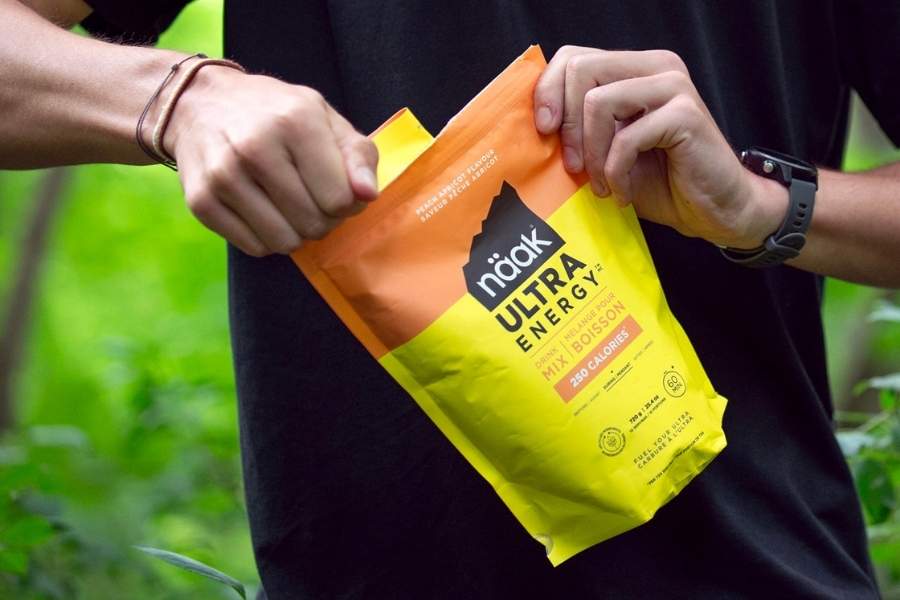
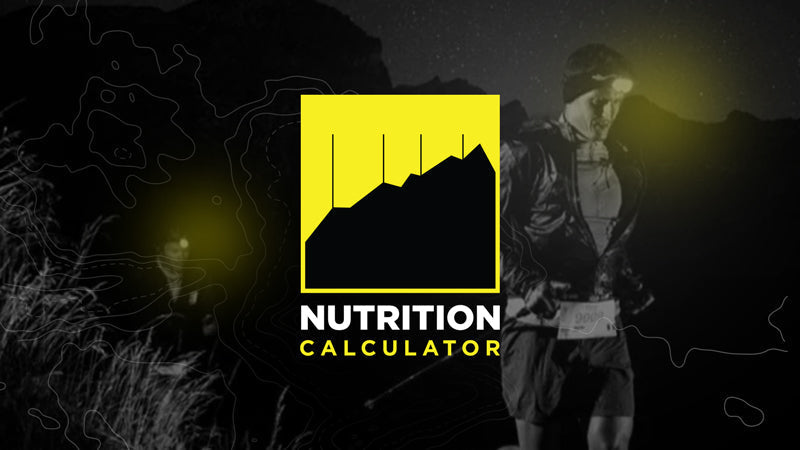
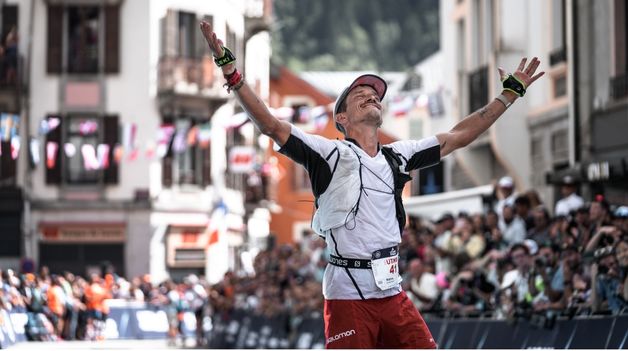



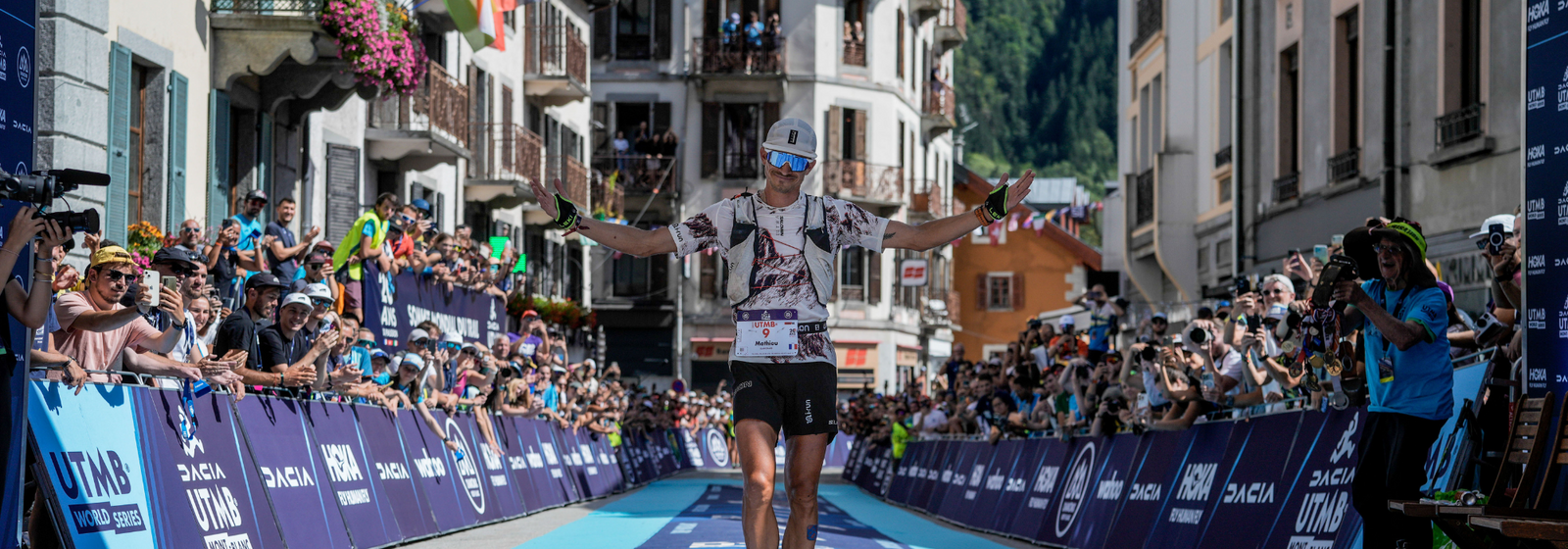




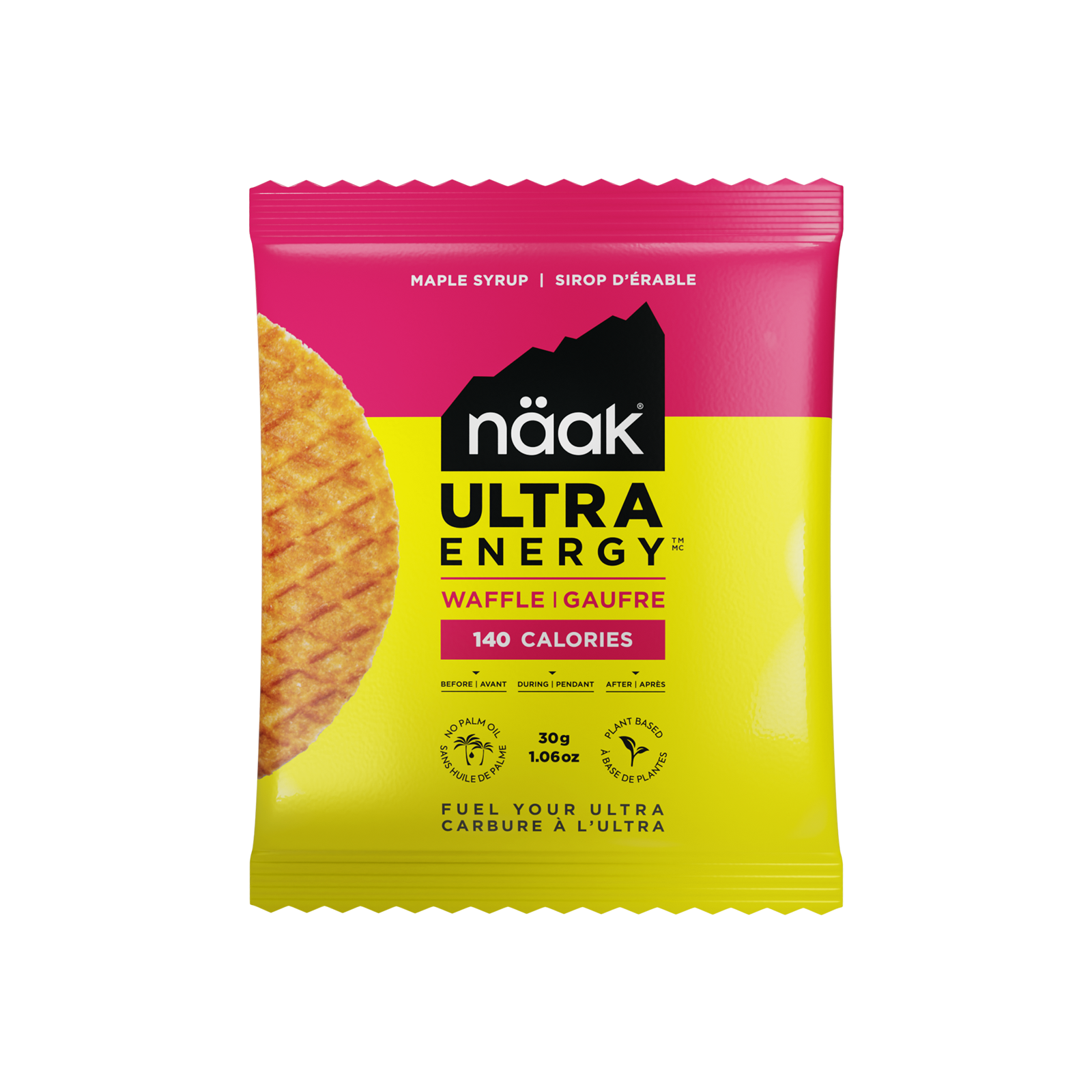
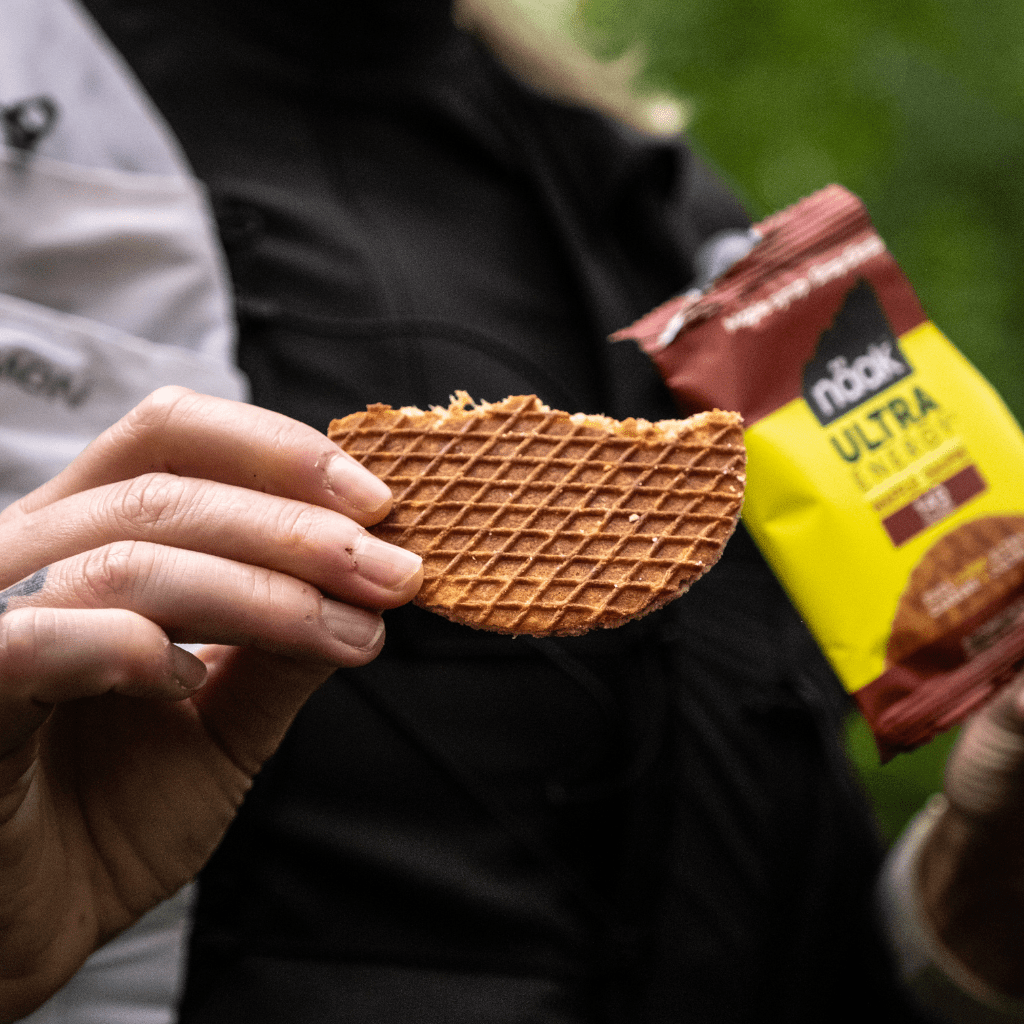
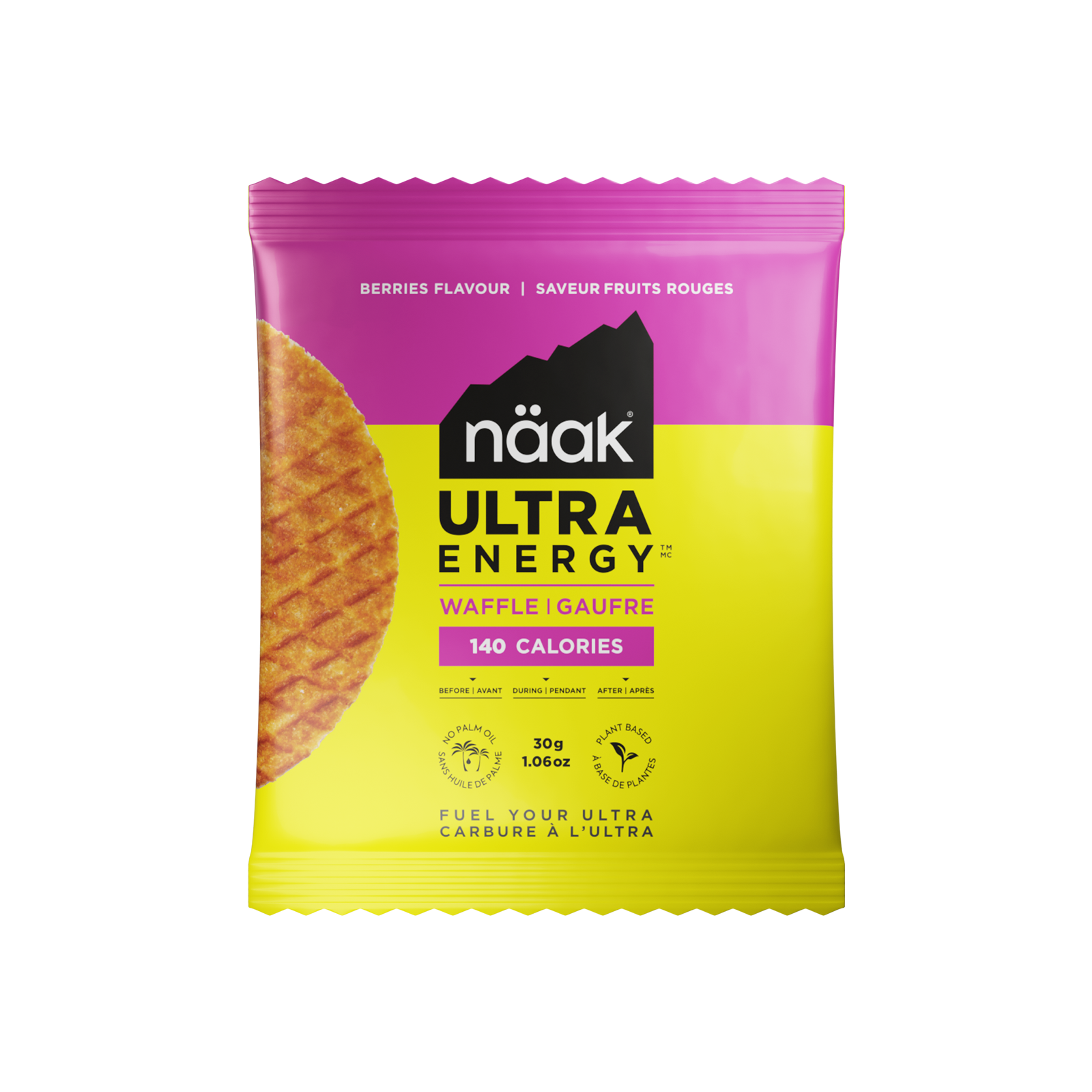



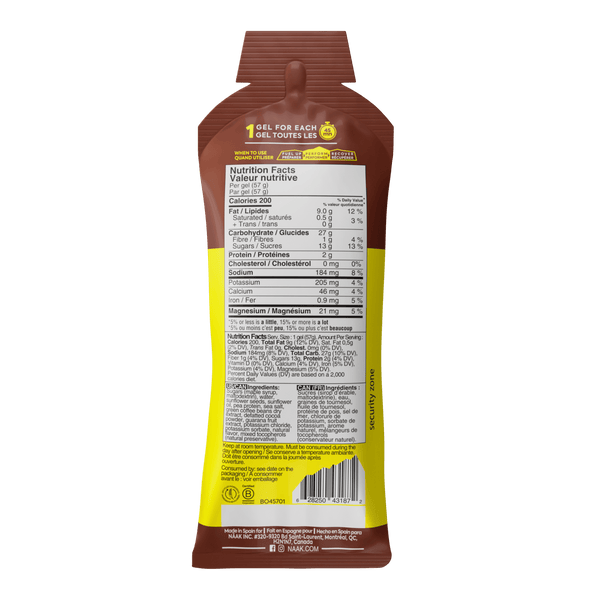
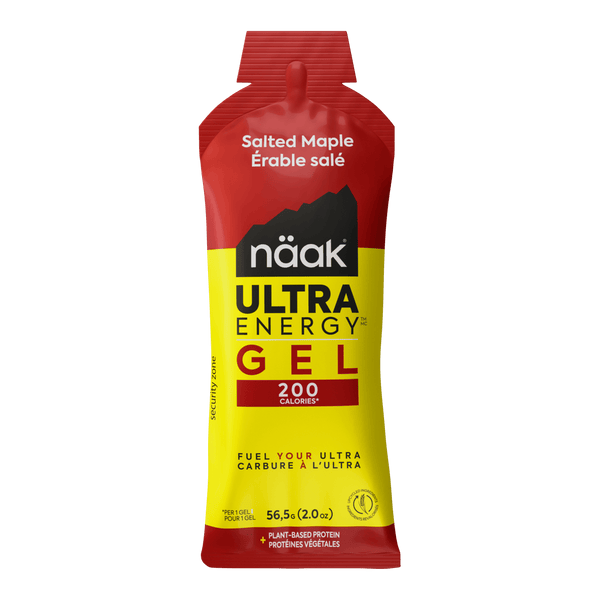

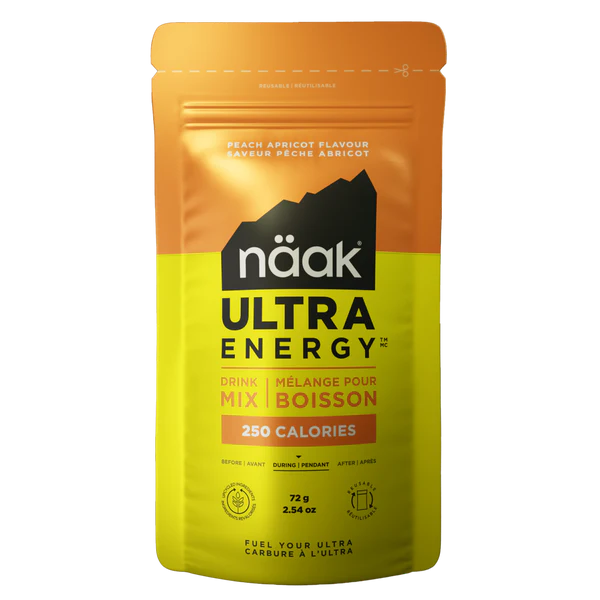
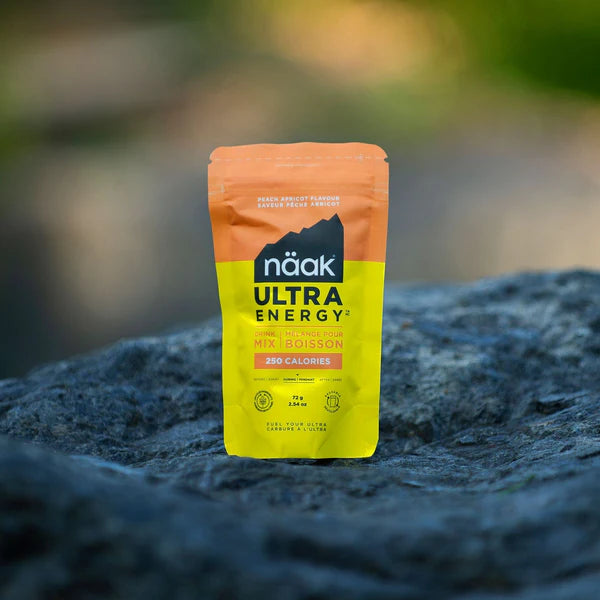


Leave a comment (all fields required)